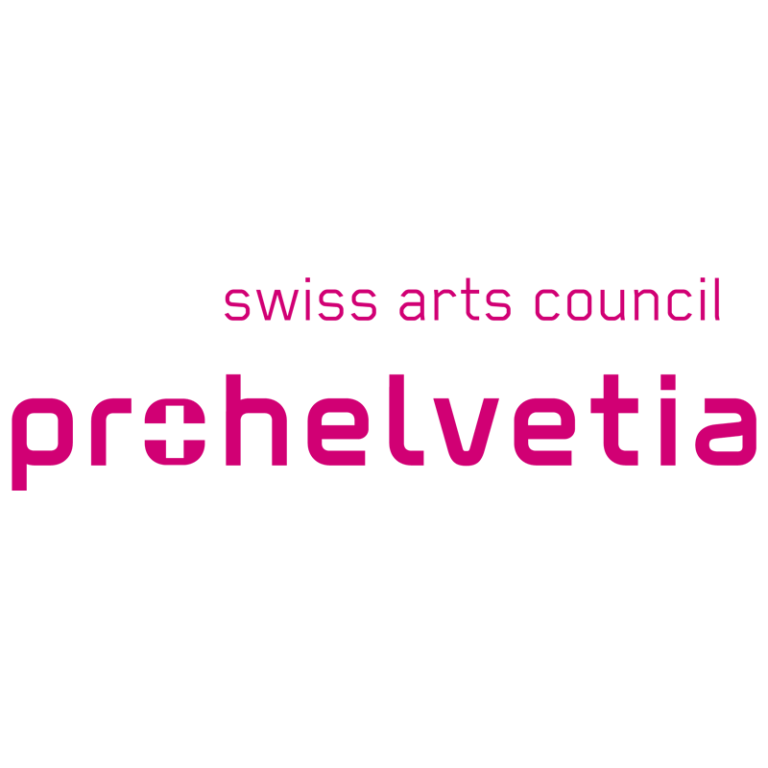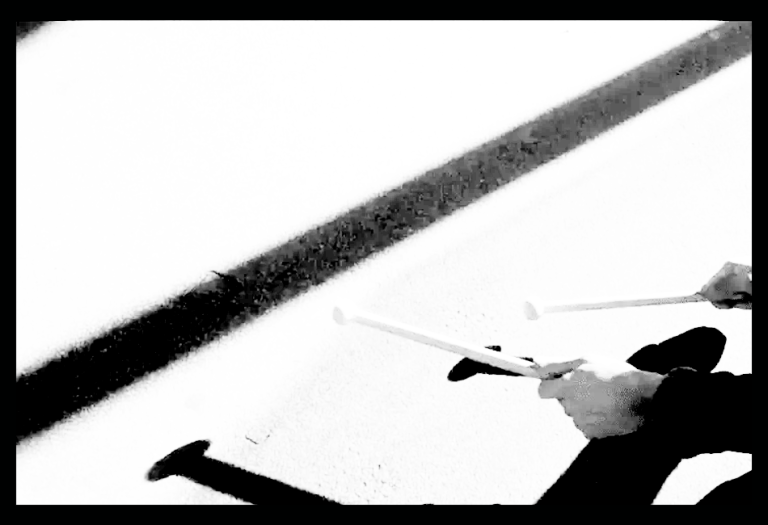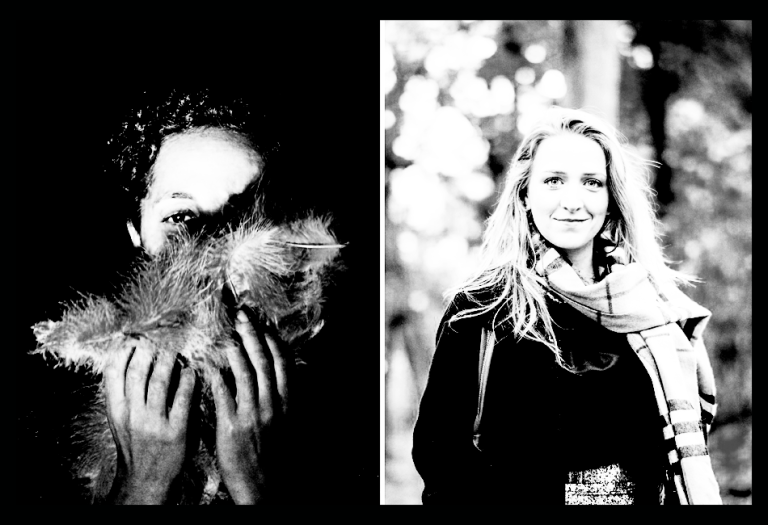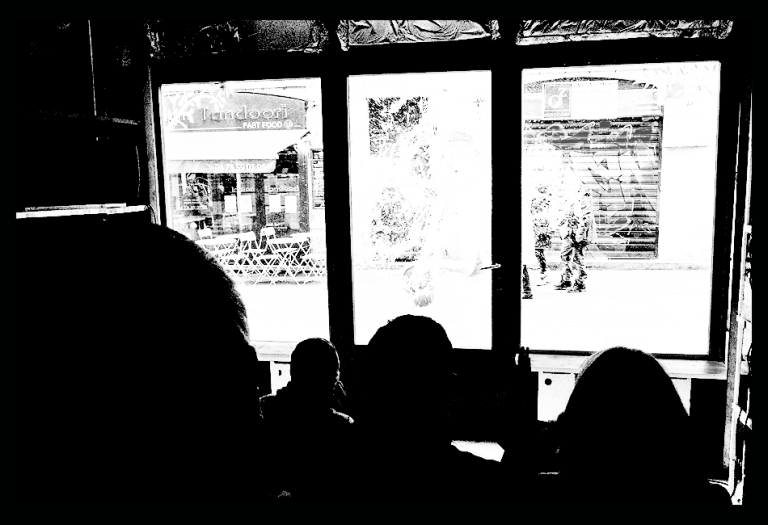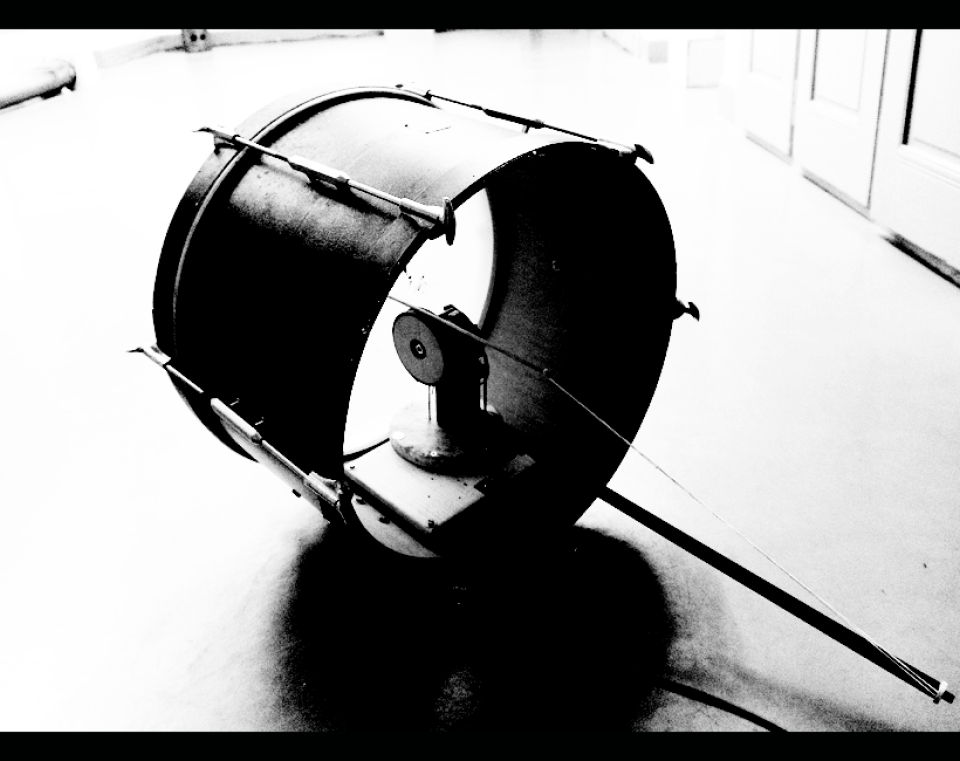
Open van vrijdag 27.09 tot en met zondag 29.09 en van donderdag 03.10 tot en met zaterdag 05.10. Telkens vanaf 12:00.
Julian Sartorius - Schläft ein Lied in allen Dingen (Brugge 2024)
Of het nu een putdeksel of een vensterbank is. Een regenpijp, een bankje of een gieter. Een ventilator, een wegwijzer of een hek van gaas. In de audiovisuele installatie Schläft ein Lied in allen Dingen laat kunstenaar en muzikant Julian Sartorius verschillende dingen weerklinken en vindt zo een nieuw, ongebruikelijk instrumentarium.
De titel verwijst naar het vierregelige gedicht Wünschelrute van de romantische dichter Joseph von Eichendorff uit 1835: "Schläft ein Lied in allen Dingen / Die da träumen fort und fort / Und die Welt hebt an zu singen / Triffst du nur das Zauberwort” (Slaapt een lied in alle dingen / Dat droomt verder en verder / En de wereld begint te zingen / Als je het magische woord maar vindt). Sartorius lijkt het magische woord te kennen.
Op verschillende momenten van de dag doorkruist hij het dagelijks leven in Brugge en creëert ritmische geluiden van metaal, hout, plastic, steen en andere materialen met zijn twee houten drumstokken. Maar hij neemt ook schijnbaar natuurlijke geluiden op, zoals het geroezemoes van stemmen of voorbijrijdende auto's. De geluiden worden ook gefilmd. Deze installatie brengt de individuele opnames weer samen. Hier kan de wereld in al haar sonore veelheid worden waargenomen. De installatie presenteert de beeld- en geluidsopnamen tegelijkertijd op drie schermen en zes luidsprekers. De superpositie van de drie parallel getoonde opnames resulteert in een willekeurige geluidscompositie die dankzij de precisie en vaardigheid van de muzikant samensmelt tot een akoestische eenheid. Bovendien worden de afzonderlijke opnames voortdurend opnieuw gecombineerd; er is nooit een herhaling, er ontstaat nooit hetzelfde stuk.
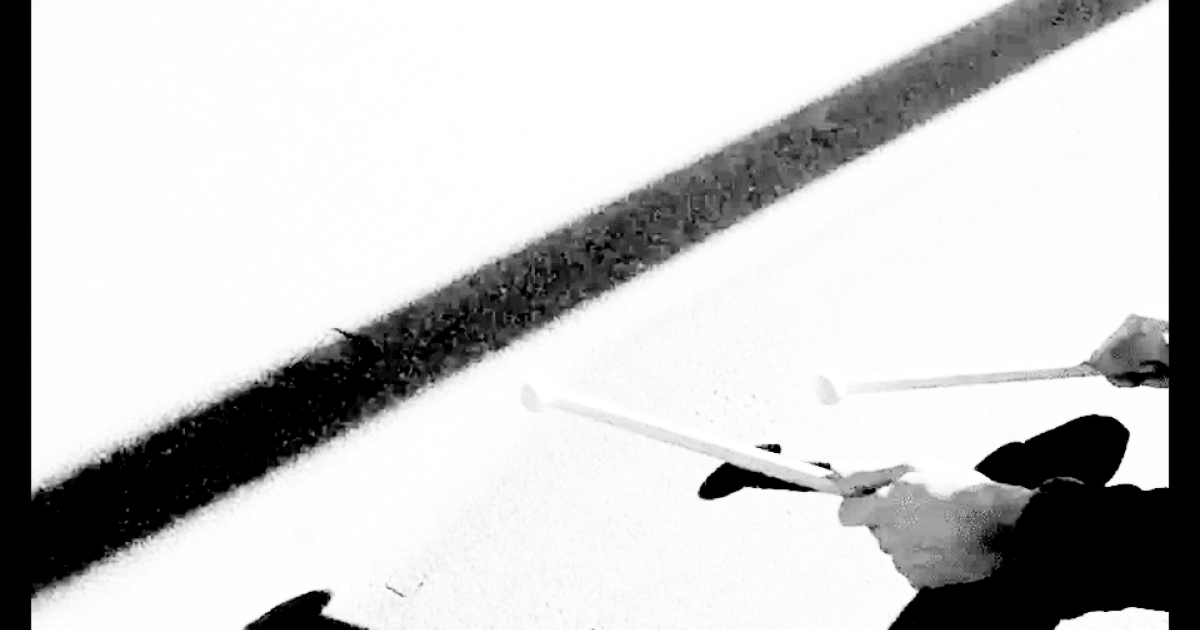
Mateo Luthy - Machines de Chambre #2
Door het binnenstappen in de ruimte wordt Machine de Chambre #2 geactiveerd. We horen akoestisch geluid met behulp van allerlei eenvoudige mechanische systemen. Deze 'alter-instrumenten' werden ontwikkeld met afgedankte en eerder goedkope materialen en vormen een modulair orkest van machines dat volledig gecontroleerd en geautomatiseerd is. Deze installatie onthult zo de onverwachte akoestische en fysieke eigenschappen van eenvoudige materialen en gebruikt ze voor een originele en intense geluidservaring. Mateo Luthy smeedt ze tot een verfijnde, intieme compositie voor een mechanisch kamerorkest gebouwd met gerecupereerde of gevonden objecten.
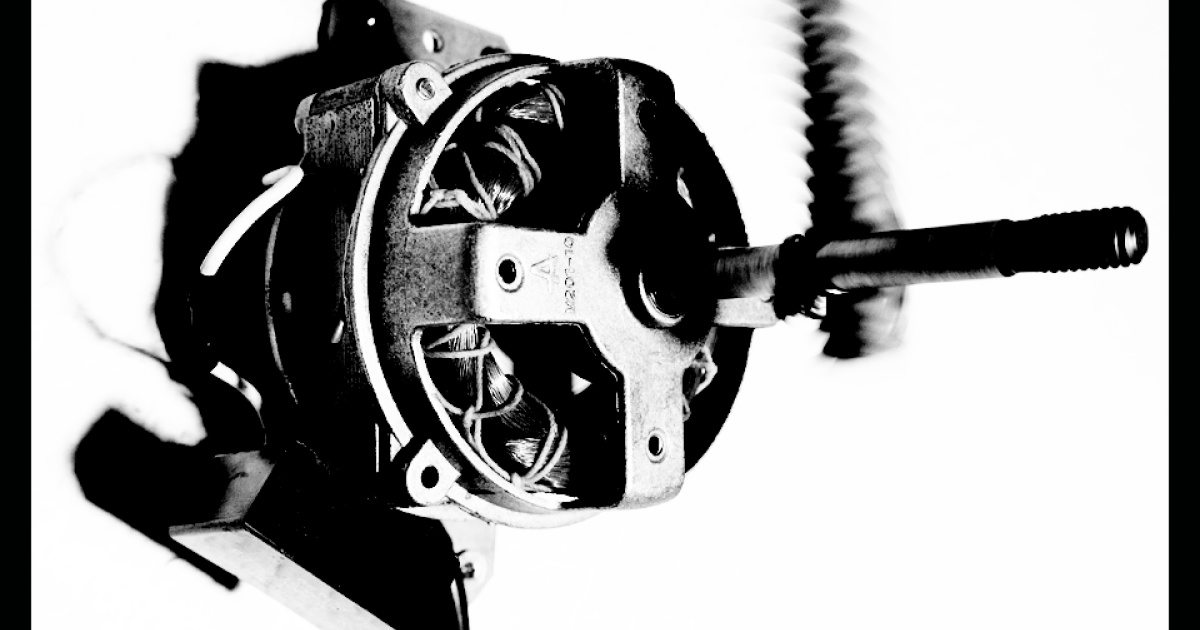
Nazanin Fakoor - Rainbow (2019)
RAINBOW bevraagt de identiteit en haar vele facetten. Vergelijkbaar met regenbogen, gevormd door de weerkaatsing en verspreiding van zonlicht, zijn wij allemaal het resultaat van een oneindigheid aan reflecties van ontmoetingen die zich door de geschiedenis heen opstapelen. Onze identiteit is meervoudig, maar we worden voortdurend geconfronteerd met een vereenvoudigende categorisering.
The Conference of the Birds, een literair meesterwerk van de Perzische mystieke dichter Farid ud-Din Attar was het startpunt voor dit project. In Attars verhaal gaan duizenden vogels op zoek naar Simorgh, de mythische vogel die symbool staat voor de waarheid. Na vele ontberingen op hun reis bereiken slechts 30 vogels het einde van hun zoektocht. Pas dan beseffen ze dat ze zelf de Si (dertig) morgh (vogels) zijn.
Deze prachtige poëzie vormt de basis voor het libretto van Rainbow, geschreven door de Iraanse componist Aftab Darvishi voor het Swara Ensemble. Vanuit dit materiaal bedacht Nazanin Fakoor zowel een muziektheatervoorstelling als een installatie, die we in Brugge tonen. De meeslepende installatie weerspiegelt - letterlijk - onze verschillen en meervoudige identiteiten. Zo reflecteert Fakoor op de mythe van een eenduidige nationale identiteit en de viering van verschil.
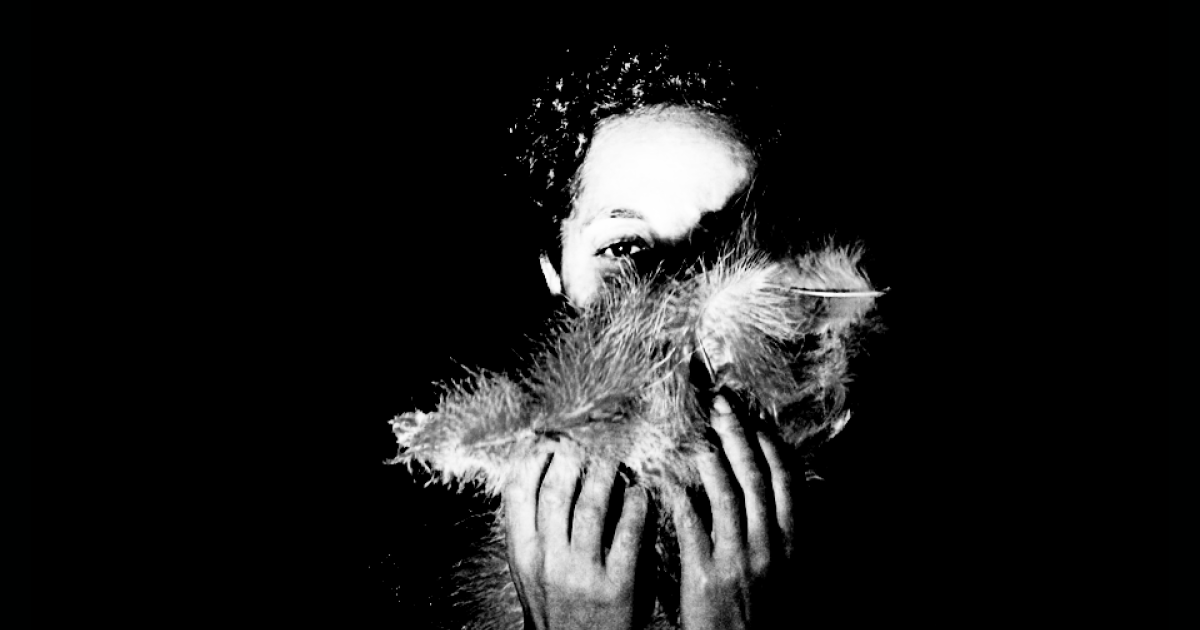
Yann Leguay - The invisible choir, 2024
Een groot aantal microfoons op een standaard zijn opgesteld als voor het concert van een koor. We horen stemmen, maar niemand is aanwezig. Menselijke stemmen komen uit de microfoon. En als we dichterbij komen kunnen we niet echt zeggen of het synthetische stemmen zijn of echte menselijke stemmen. Ze maken samen akkoorden, worden dissonant, harmonisch, zijn ze echt of virtueel? Ze zijn aanwezig, afwezig en in de gangen in de verte echoën nog enkele solostemmen.
Door de werking van de microfoon om te keren en deze als luidspreker te gebruiken maakt Yann Leguay de afwezigheid van de fysieke bron, van het lichaam, juist meer tastbaar.
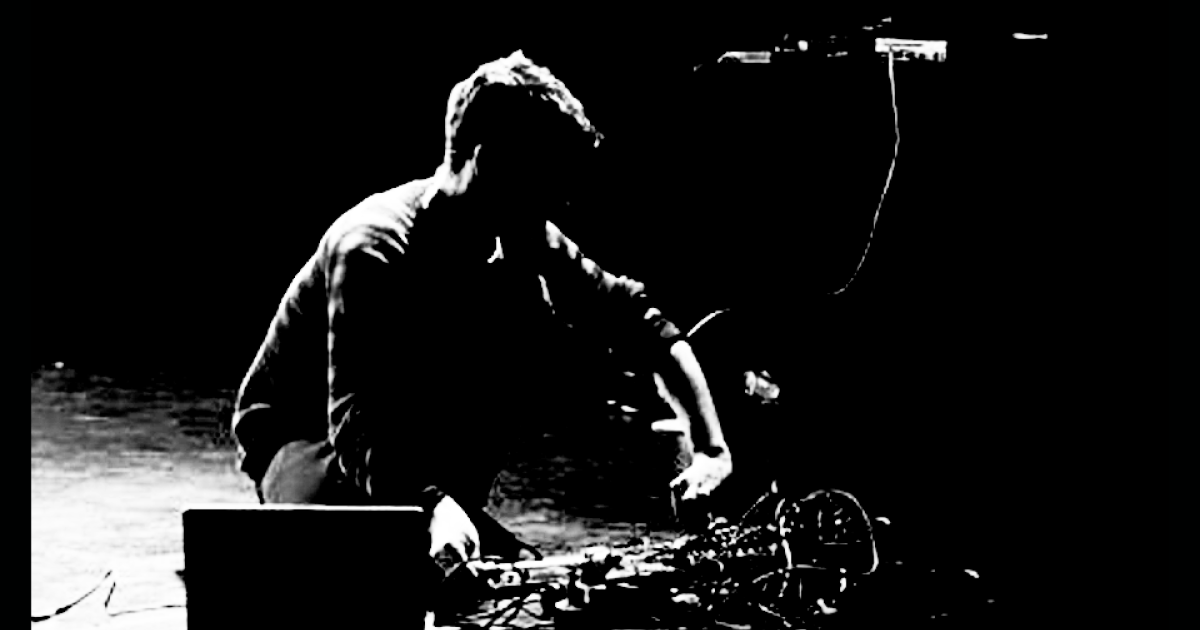
Praktisch
- Open van vrijdag 27.09 tot zondag 29.09 en van donderdag 03.10 tot en met zaterdag 05.10
- Telkens vanaf 12:00
ENG
Julian Sartorius - Schläft ein Lied in allen Dingen (Brugge 2024)
Whether it is a manhole cover or a windowsill. A drainpipe, a bench, or a watering can. A fan, a signpost, or a wire mesh fence. In the audiovisual installation Schläft ein Lied in allen Dingen artist and musician Julian Sartorius makes various objects resonate, thus discovering a new, unconventional instrumentarium.
The title refers to the four-line poem Wünschelrute by the Romantic poet Joseph von Eichendorff from 1835: "Schläft ein Lied in allen Dingen / Die da träumen fort und fort / Und die Welt hebt an zu singen / Triffst du nur das Zauberwort" (A song sleeps in all things / That dream on and on / And the world begins to sing / If you only find the magic word). Sartorius seems to know the magic word.
At different times of the day, he traverses daily life in Bruges, creating rhythmic sounds from metal, wood, plastic, stone, and other materials with his two wooden drumsticks. But he also records seemingly natural sounds, such as the murmur of voices or passing cars. The sounds are also filmed. This installation brings the individual recordings back together. Here, the world in all its sonic diversity can be perceived. The installation presents the visual and audio recordings simultaneously on three screens and six speakers. The superposition of the three parallel recordings results in a random sound composition that, thanks to the precision and skill of the musician, merges into an acoustic unity. Furthermore, the individual recordings are continuously recombined; there is never a repetition, the same piece never emerges.
Mateo Luthy - Machines de Chambre #2
You enter the room, Machine de Chambre #2 is activated. You hear acoustic sounds produced by using various simple mechanical systems. These 'alter-instruments' are developed from discarded and inexpensive materials and form a modular orchestra of machines that are fully automated. This installation reveals the acoustic, physical, and material properties of the used materials, while simultaneously producing an original and intense sound experience. It is a refined, intimate, and intense composition that elicits from found and recovered materials from the outside world.
Nazanin Fakoor - Rainbow (2019)
RAINBOW explores the multifaceted nature of identity. Like rainbows formed by sunlight, we are shaped by countless encounters throughout history. Though our identities are multiple, we face constant simplifications.
Inspired by Farīd-ud-dīn Attār's The Conference of the Birds, Aftab Darvishi made the libretto Rainbow for the Swara Ensemble. Nazanin Fakoor created both a music theatre performance and an installation from this material, the latter of which is showcased in Bruges. The immersive installation reflects our diverse and multiple identities, challenging the myth of a singular national identity and celebrating difference.
Yann Leguay - The invisible choir, 2024
A large number of microphones are set up on a stand, as if for a choir concert. We hear voices, but no one is present. Human voices are coming from the microphones. And as we get closer, we cannot really tell if they are synthetic or human voices. They form chords together, becoming dissonant, harmonious; are they real or virtual? They are present, absent, and in the corridors in the distance, we still hear some solo voices echoing.
By reversing the function of the microphone and using it as a loudspeaker, Yann Leguay makes the absence of the physical source, of the body, even more tangible.



